It was not the first time that we were visiting a historical site, where the purpose of creating the main relics was unknown, except theories. There is no substantiated evidence to confirm why the Diquis spheres or the stone spheres of Finca 6 in Costa Rica were built, yet there are over 300 spheres excavated. However, we gathered some insights on the possible reasons from the onsite museum. The Finca 6 is the second Pre-Columbian archaeological site in Costa Rica that is open to public. The other one is the National Monument Guayabo in the Cartago province.
The mystery surrounding the purpose of creating the stone spheres adds to the excitement of visiting the site. The Nazca lines in Peru were another destination of mystery that we visited in the recent past. Anyway, let us get back to the stone spheres in Costa Rica.
UNESCO declared Finca 6 along with 3 other similar archaeological sites as World Heritage Site in 2014. The other sites are Batambal, El Silencio and Grijalba-2. As it happens with most places in Costa Rica, not just the history, the spectacular wildlife added to our memories of the visit.
Here is our guide to explore Finca 6 and the details of what we experienced during our walk.
Check this: The ultimate list of things to do in Uvita, Dominical and Ojochal.
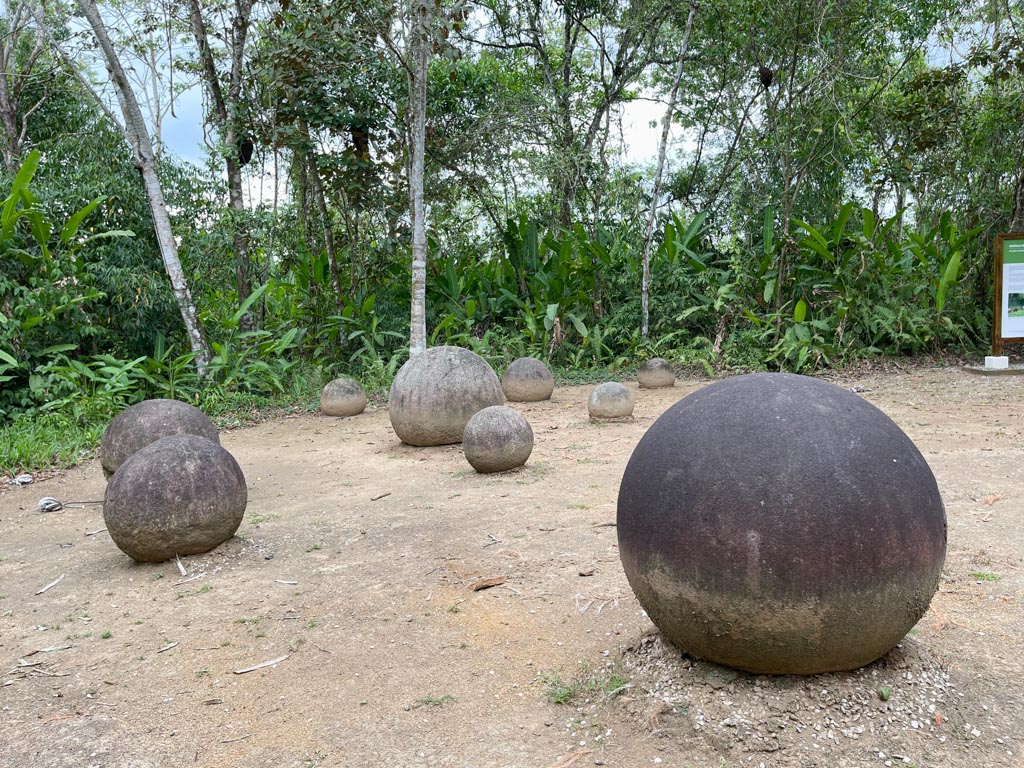
History of the Stone Spheres in Costa Rica
Most of the stone spheres (Las Esferas De Piedra) were created and used between 800 and 1500 AD. The communities of the Diquis delta, that spread across the lands near the confluence of Sierpe and Terraba river, were the creators of the stone spheres. There are 350+ spots where the spheres were found, however, some of them are believed to be moved from their place of creation.
The Finca 6 site is located in the plains near the Sierpe river and is believed to be the place of the main Chiefdom of the community. The sedimentation in the region has helped preserve the spheres for so many centuries.
Plan your Costa Rica trip:
- Costa Rica Packing List
- Best Time to Visit Costa Rica
- Costa Rica Activities: Things to Do
- Costa Rica Itinerary (from San Jose airport)
How were the Stone Spheres made?
The most interesting thing about the stone spheres is the precision with which the rocks were given the round shape.
These were believed to be cut from larger rocks, igneous gabbro or sedimentary, using stone hammers and chisels, while wooden chips were used to establish the round shape and the final smoothening was done with coarse materials like sand.
The sizes of the spheres range from a few centimeters to 2+ meters in diameter.
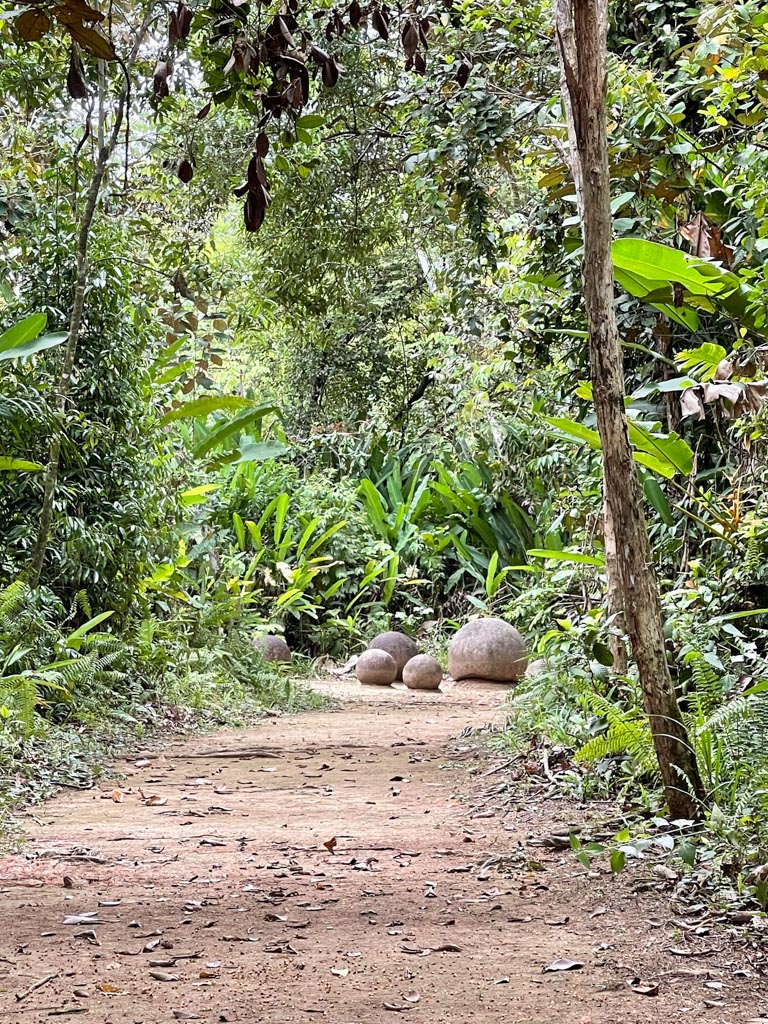
Why did the Diquis communities build the stone spheres?
Although it seemed that the reasons for the creation is not confirmed, the literature in the museum explained the purpose to be political and power symbols. The spheres were important to these societies and used for other purposes as well, such as community symbols, gifts, marking landmarks and astronomy.
Finca 6 Site: What to Expect?
We did not have any specific expectation about the visit apart from the sight of a handful of spheres. However, the storylines, the spheres up close amidst the banana trees and the wildlife presented more than what we would have expected.
The Finca 6 archaeological site is surrounded by banana plantations that spread across 20 hectares. Museo Nacional Costa Rica preserves the relics and stone spheres in 10 hectares of the land.
You start at the main building of the site or the Visitors Center that houses the ticket counter, museum rooms and restrooms.
The Finca 6 Museum
The museum has two rooms, the first one is about the importance of bicycle in local culture and the second one is on the Pre-Columbian sites.
Two bicycles were on display in the first room. The walls had several notes describing the importance of bicycles in the modern history of the Osa canton. People had shared anecdotes and memories about their bicycles. The banana production became an important livelihood for the locals. The bicycles aided in transportation, saving time and became a part of their society and culture.
The second room was a historical tour of the history of the Diquis delta and the spheres. There were several relics depicting the time that included the spheres, utensils, figures of wild animals and humans. We found detailed historical accounts and the explanations of the Diquis spheres on the walls. All the writings were provided in both Spanish and English. Reading all the details in this room helped us understand and appreciate the history of the region and the Finca 6 site even better.
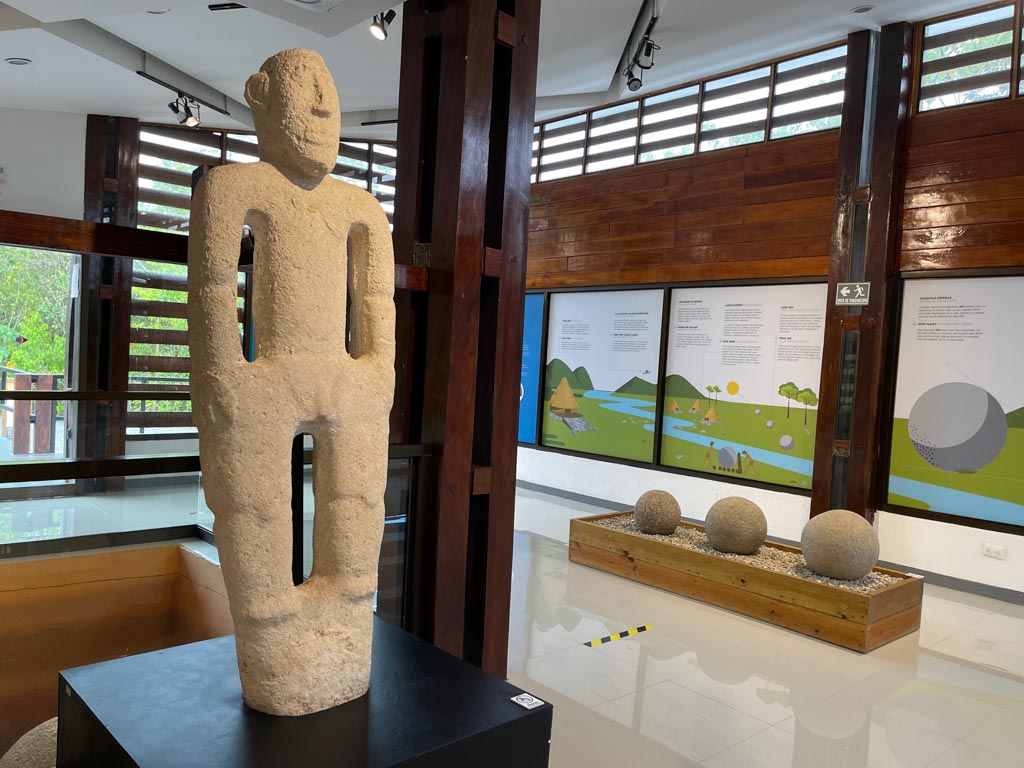
Finca 6 Site
There are 3 trails – Spheres Trail (175 meters/ 0.1 mile), Alignments Trail (700 meters/ 0.43 mile) and Settlements Trail (1.2 kilometers/ 0.75 mile).
The trails are not mutually exclusive and have overlaps. If you do the Settlements Trail, it covers most of the Alignments Trail and Spheres Trail and all the important sections.
The trails are flat and easy and can be covered in 30-45 minutes. We took a lot more than that but there were reasons. We will come to that.
The Remains of Finca 6
There were 4 sections where you have some archaeological displays.
- Punto 5
- Mounds
- Alignments
- Collection of Spheres
Punto 5
The Punto 5 had several ceramic remains scattered across the place. This was supposedly a burial ground. After years of farming and theft, it no longer resembled anything as such.
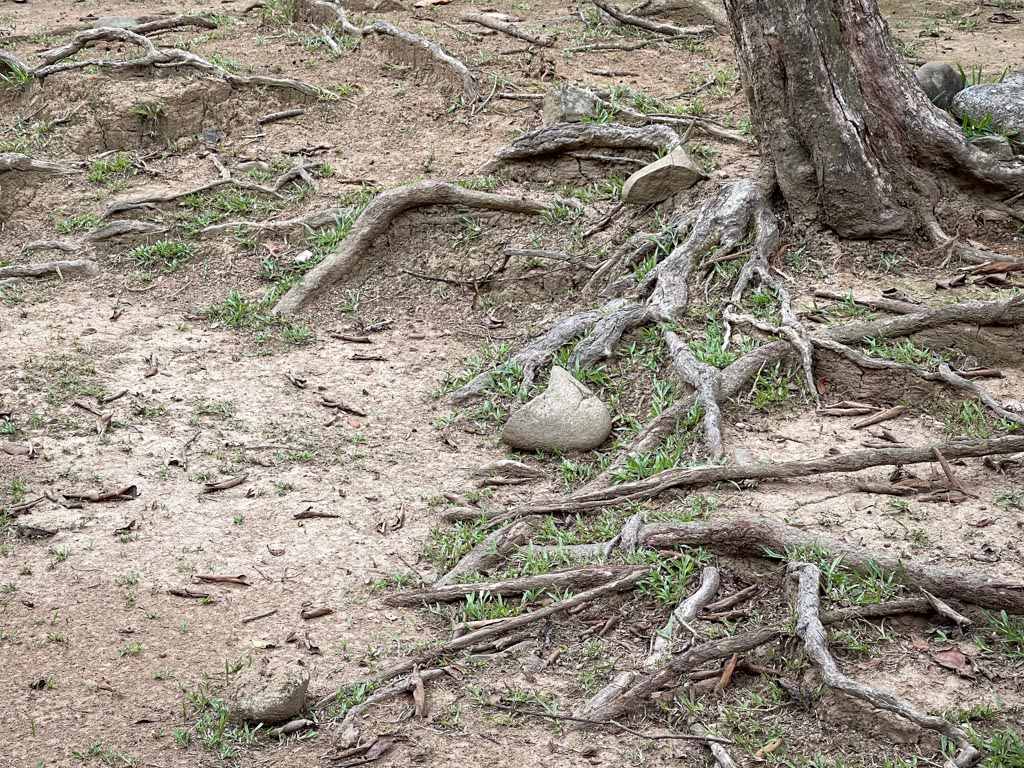
Mounds
The mounds section had a distant view of what possibly was home of important people. The houses do not exist now. But the diagrams on the boards provided some idea about the ramp and the mounds.
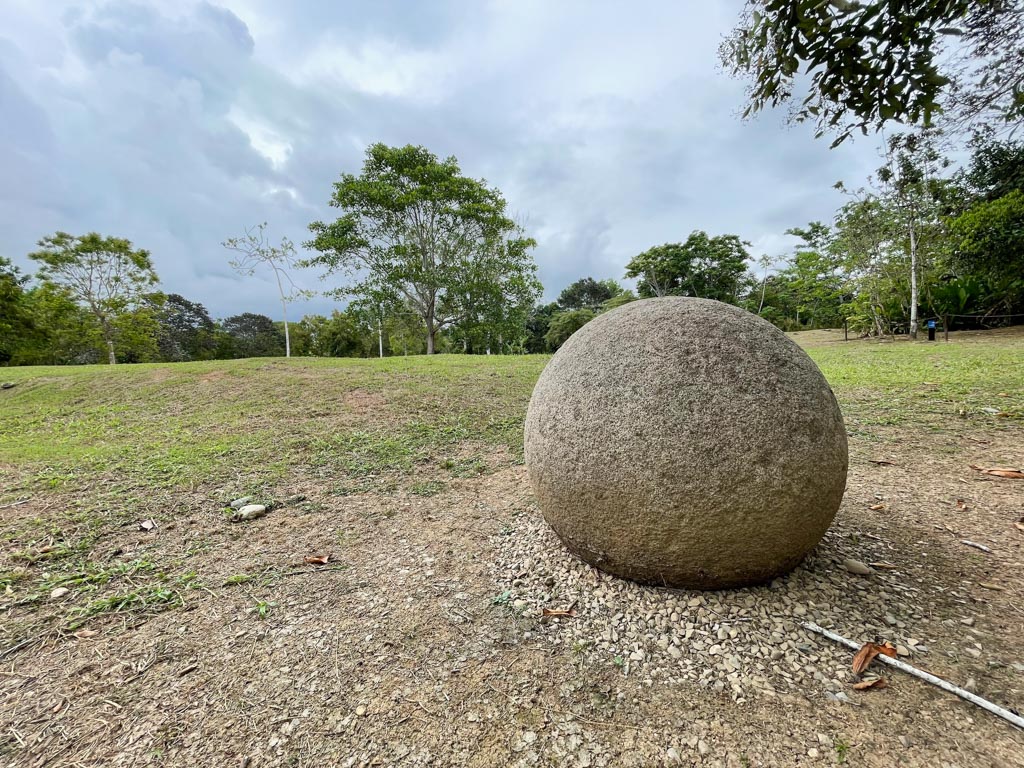
Alignment
The alignments of the ‘in-situ’ spheres or the spheres that were never moved from their original place, was another interesting place on the site. The alignment meant spheres placed in a line following the sunrise and sunset used possibly for astronomical reasons or as landmarks for important events of the community. There are two such alignments remaining, one with 3 spheres and the other with 2 spheres. The stone spheres in the alignment area had just the heads visible, rest of those being buried in the ground.
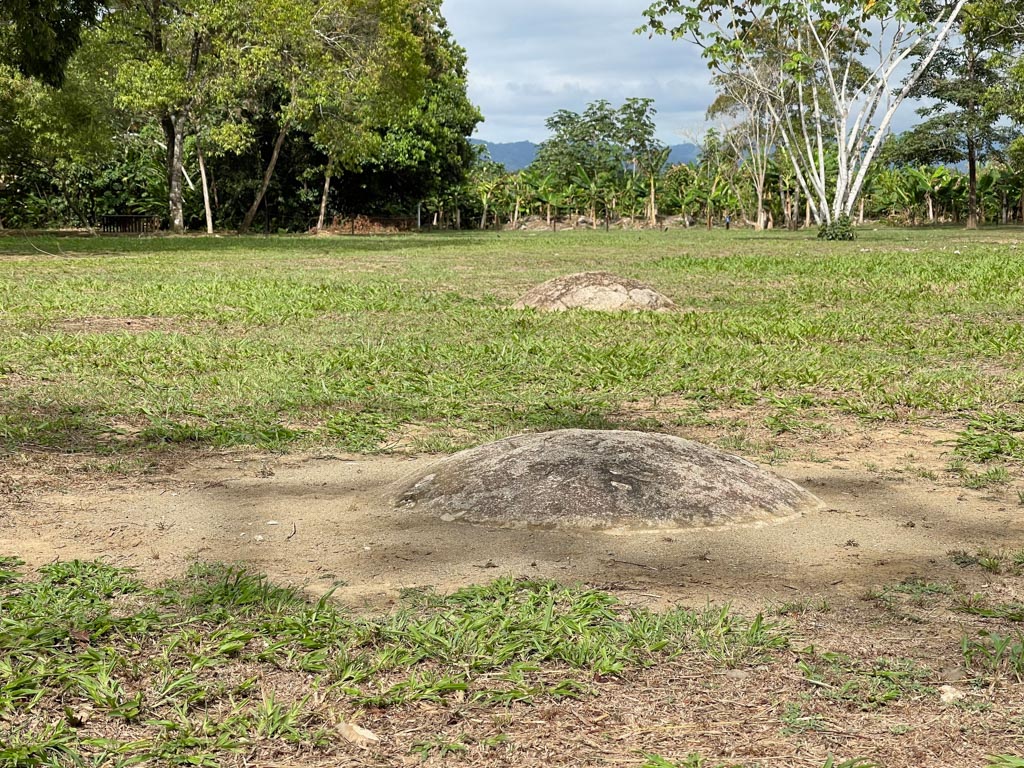
Collection of Spheres
The collection of spheres was the last stop with 12 stone spheres of different diameters on display. These are not in their original positions. The museum authority has assembled the spheres in one place to showcase the range and variety of sizes of the creations.
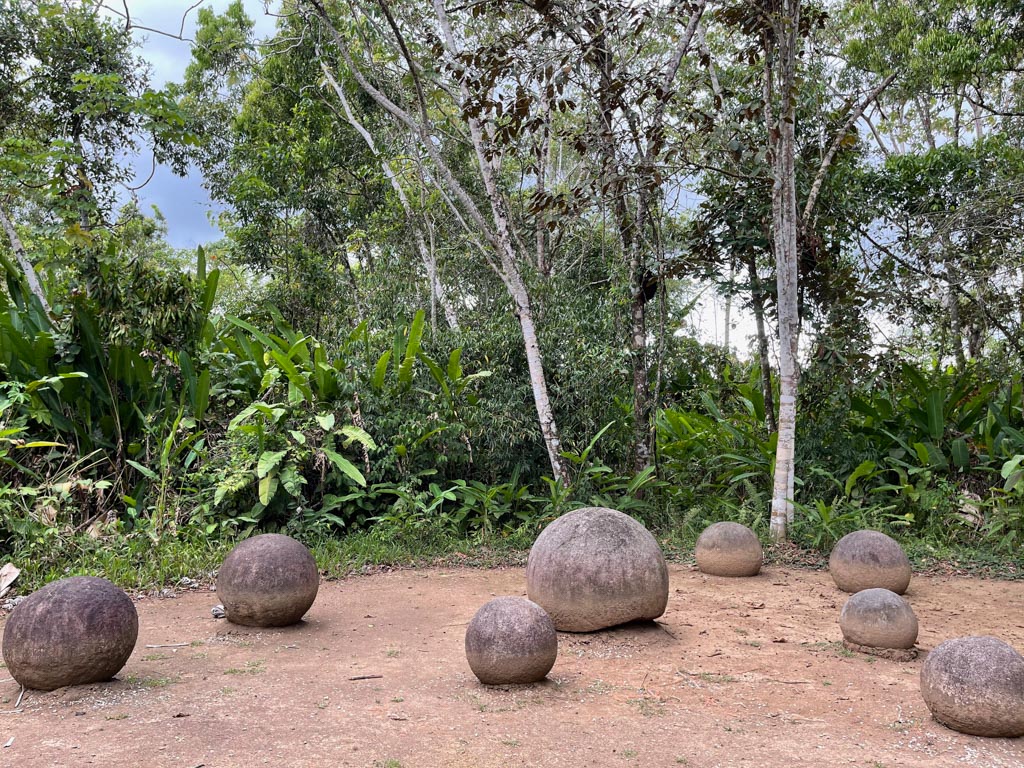
The Banana Cableway
You will find a cableway in the middle of Finca 6. The plantation workers still use it to transport the produce. During our visit, we did not get to see the cableway in action. But we found the squirrel monkeys using this as their stopover.
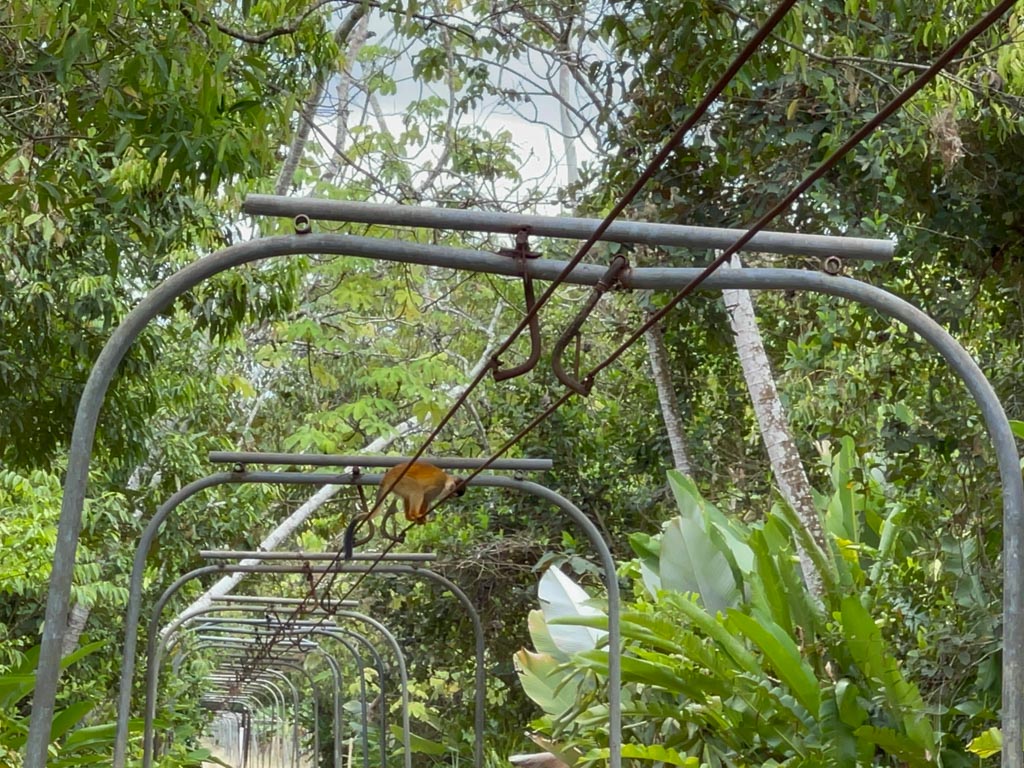
The Wildlife
We spent more than an hour on the trail and the wildlife was the reason. The visitors center had photos of wildlife, however, we did not realize that we would find some of them during the walk.
We found a bunch of Yellow-Throated Toucans in couple of trees near the Alignments. There were many. Some were adults feeding the juveniles. Others were flying from one tree to another. We spent some time observing their activities.
Read this article to know more about the wildlife in Costa Rica.


As we moved from the spot towards the banana cableway, we found a gang of squirrel monkeys. Again, there were many. The monkeys were no less busy than the toucans. The squirrel monkeys are the smallest species of monkeys found in Costa Rica. They are a sight to watch. The tiny apes swung on the branches, fought with others, jumped around the trees and sometimes got curious about us. We had seen a small gang in the Corcovado National Park few days back, but this group was way more active.
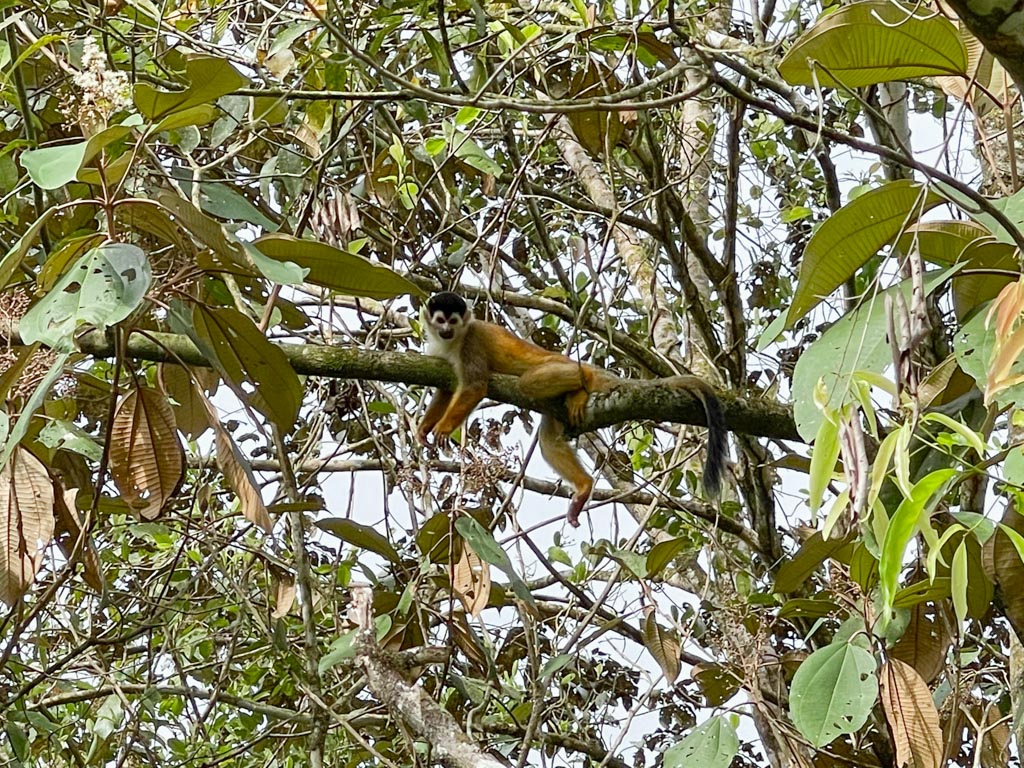
Other Places to see Stone Spheres in Costa Rica apart from Finca 6
Archaeologists excavated stone spheres and ceramics of the same era from several other sites. This includes the Cano Island, off the coast of the Osa peninsula.
We got to know from our local friends that the awareness about the historical sites and artifacts had developed over the recent years. For this reason, many spheres were not found at their original place of creation. Spheres and other artifacts had been removed or taken home by many, due to lack of awareness about preservation of antiques. You will also see these structures or the replicas in various parts of Costa Rica, including the Central Valley.
On the way to Finca 6, we found a few spheres in couple of places beside the road. One interesting place was near the Palmar Sur airport, kept beside an old Rail engine.
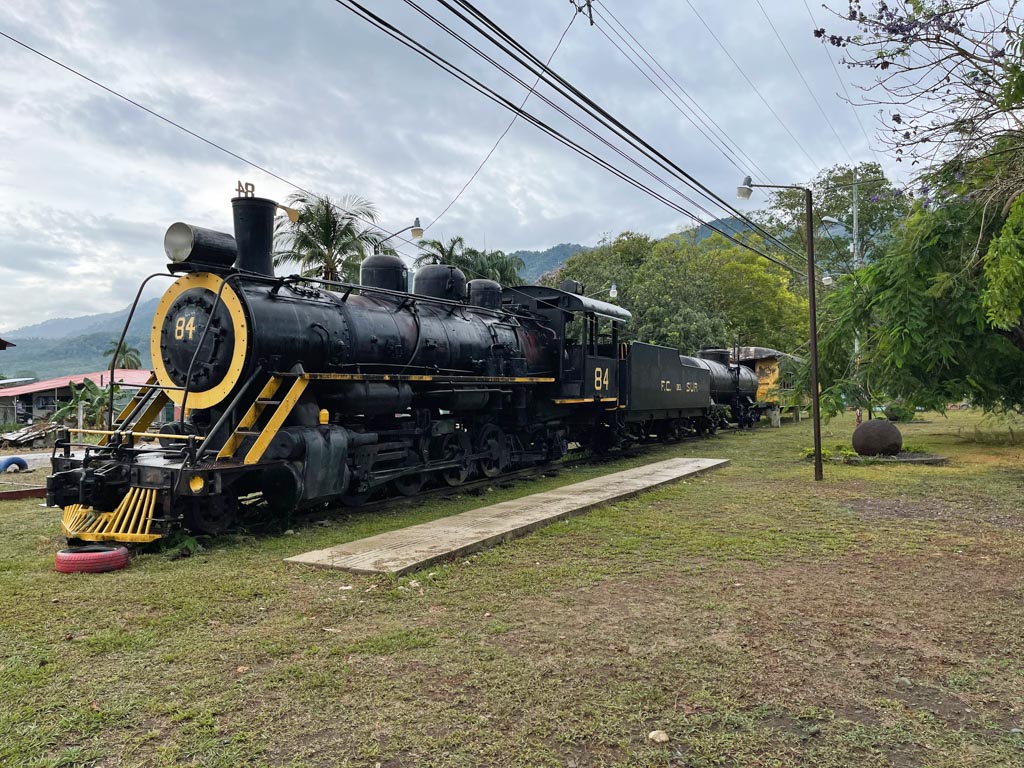
How to Reach the Finca 6 Archaeological Site?
The Finca 6 site is close to the towns of Uvita, Ojochal and Dominical. Whichever town you are staying at or coming from, you will need to reach Palmar Norte. There is a prominent crossing with shops and restaurants including the supermarket BM.
If you stay on the Interamericana Highway, take the right turn after BM supermarket. It is difficult to miss the large Terraba river and the bridge over it. As you cross the bridge, you will find a road on the right with signs of Sierpe and the ‘M’ signboards indicating the Finca 6 museum or the stone spheres site. Follow the ‘M’ signs and stay on the road until you see a small bridge. You will see the entry road of Finca 6 just before the bridge on the left.
You can also stop by Finca 6 on your way to or from Drake Bay.
The Google Map location of the Finca 6 Museum is tagged as ‘Site Museum Farm 6’.
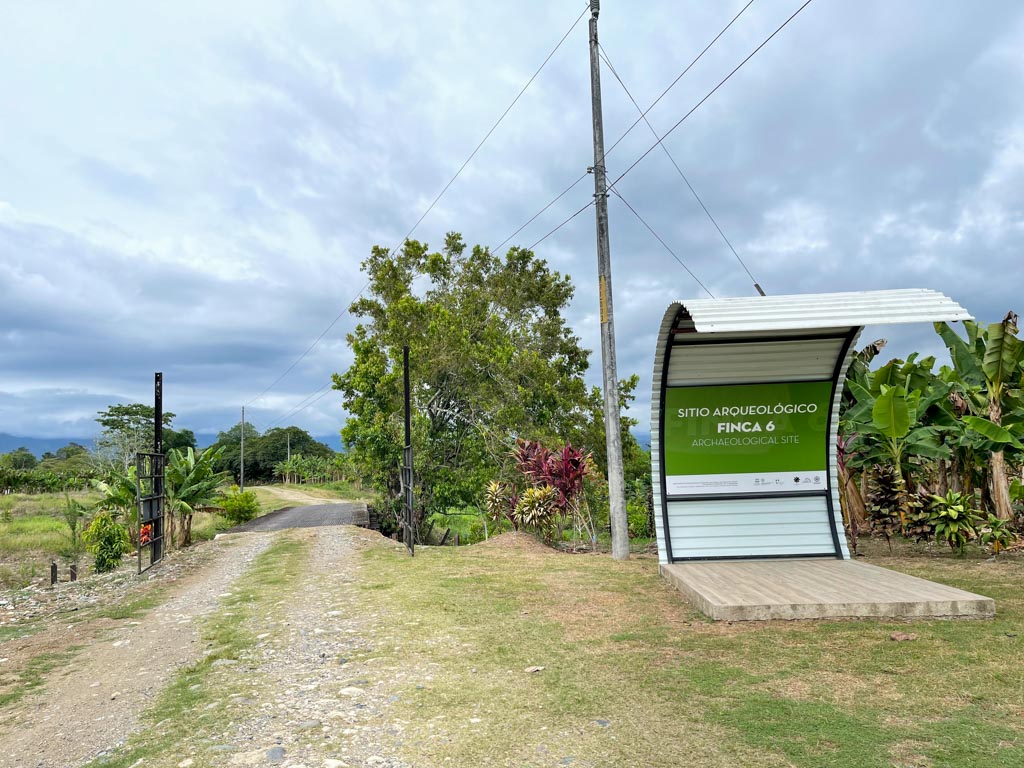
Entry Costs at Finca 6
- Costa Rica Residents: 1,500 CRC (Entry is free on Sunday for Residents with ID)
- Foreign Nationals: 7 USD
- Foreign Students: 5 USD
Visit Hours at Finca 6
The Finca 6 site is open from Tuesday to Sunday between 8:00 am to 4:00 pm.
Other Facilities at the Finca 6 Site
There is a parking area which is free for the visitors.
There are 2 restrooms on the premises, one inside the visitors center and another outside near the parking area.
Final Thoughts
There are some other places where you will find the stone spheres in Costa Rica. However, Finca 6 takes you back in time with the informative little museum and the conservation and storytelling efforts that they have created throughout. The possibility of watching the wildlife is an added attraction and enhances the experience of the visit.
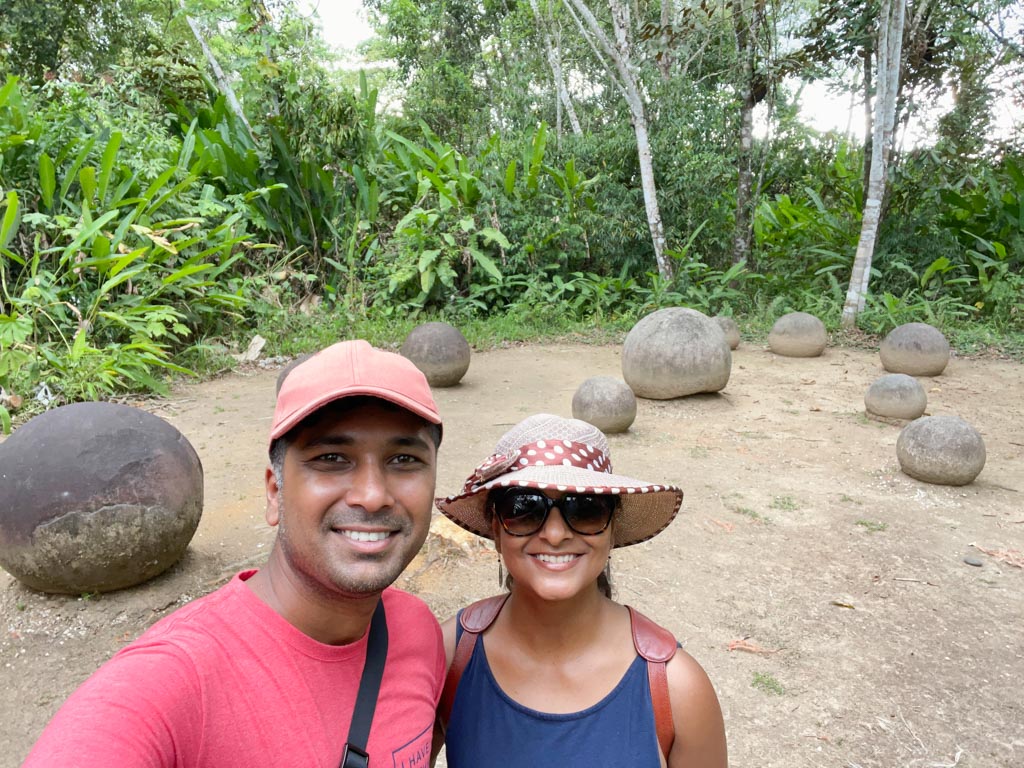
Like the post? Pin it!


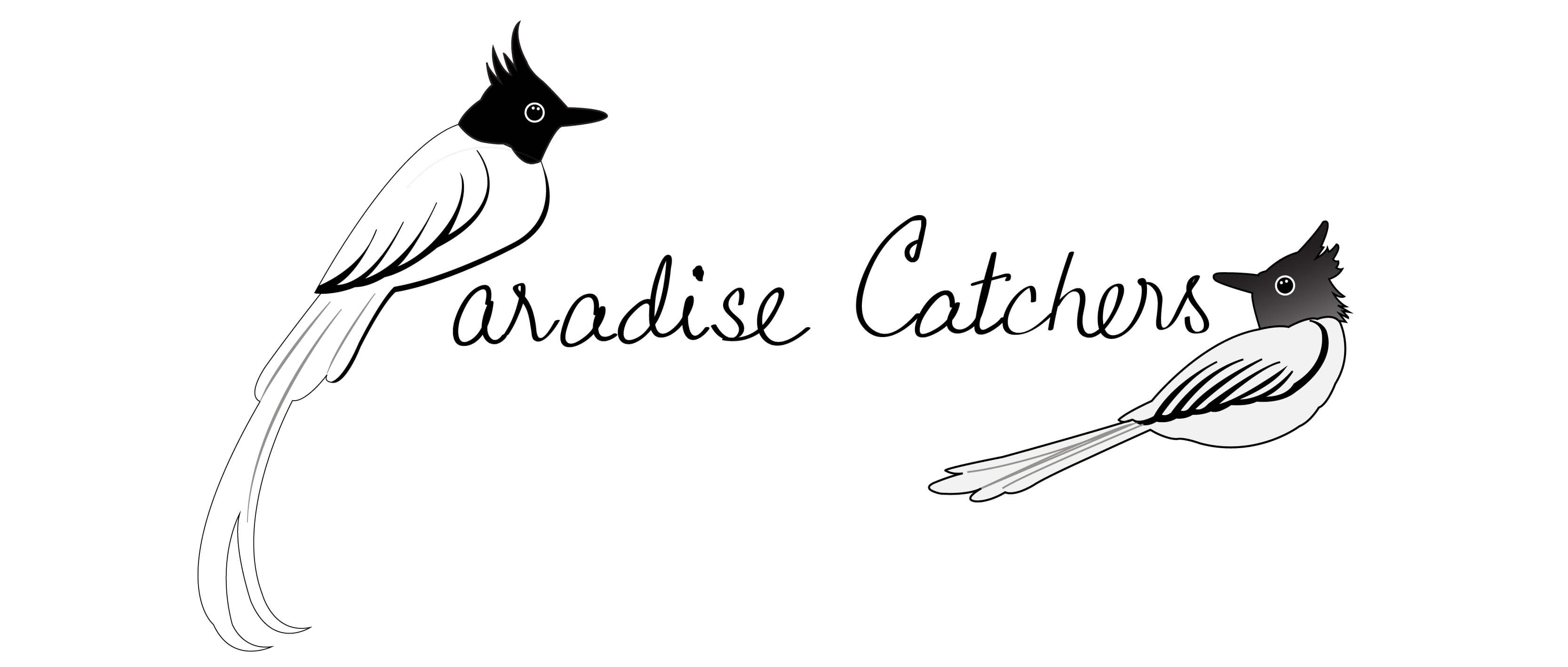
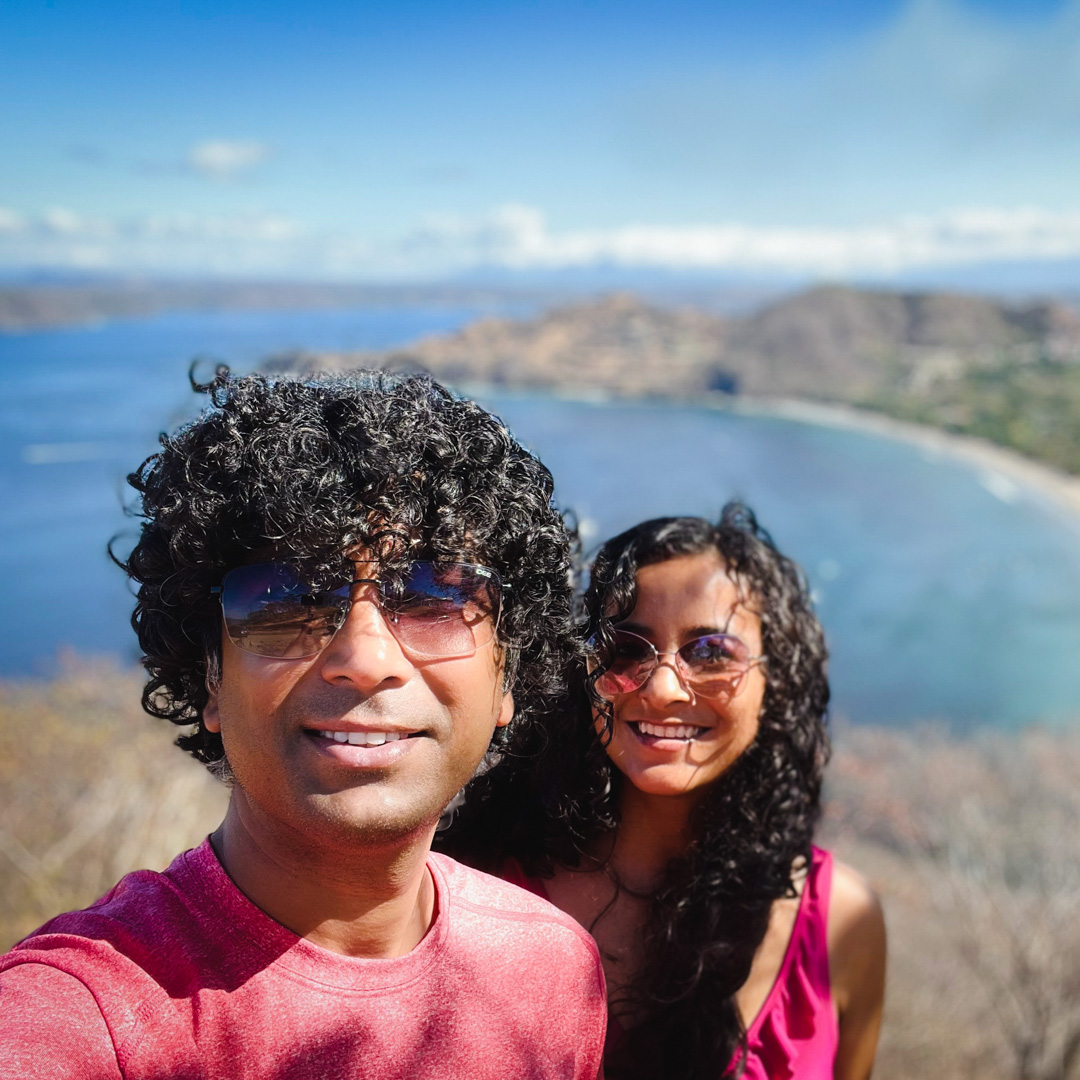
I had no idea about these! What a great thorough post with lots of history. I’ve been thinking about going to Costa Rica in the next few years. I’ll definitely keep this!
We visited Costa Rica a few years ago, but never heard about these. I like the banana cable car and the wildlife in the area the best. Thanks for sharing this!
This is amazing! I love Costa Rica – I spent a couple of months in Tamarindo many years ago. I came from Honduras and it was interesting how different the attitude and culture in the Central American countries can be.
Unfortunately, I didn’t have the chance to visit this finca.
It is so interesting the things that can become art and history. I had no clue about these in Costa Rica! Very informative & interesting article.
Ahhh I read about these in my travel book, but never got the chance to see them. Hoping to see them the next time we visit. I’m the kind of history need who will just sit and marvel at these for a looooong time creating all sorts of stories!
I’ve been doing research to piece together my husband’s grandma’s stories of living on the banana plantation and seeing these excavated. Thank you for a comprehensive article with new information.
Thanks Amanda. The topic of your research sounds interesting 🙂